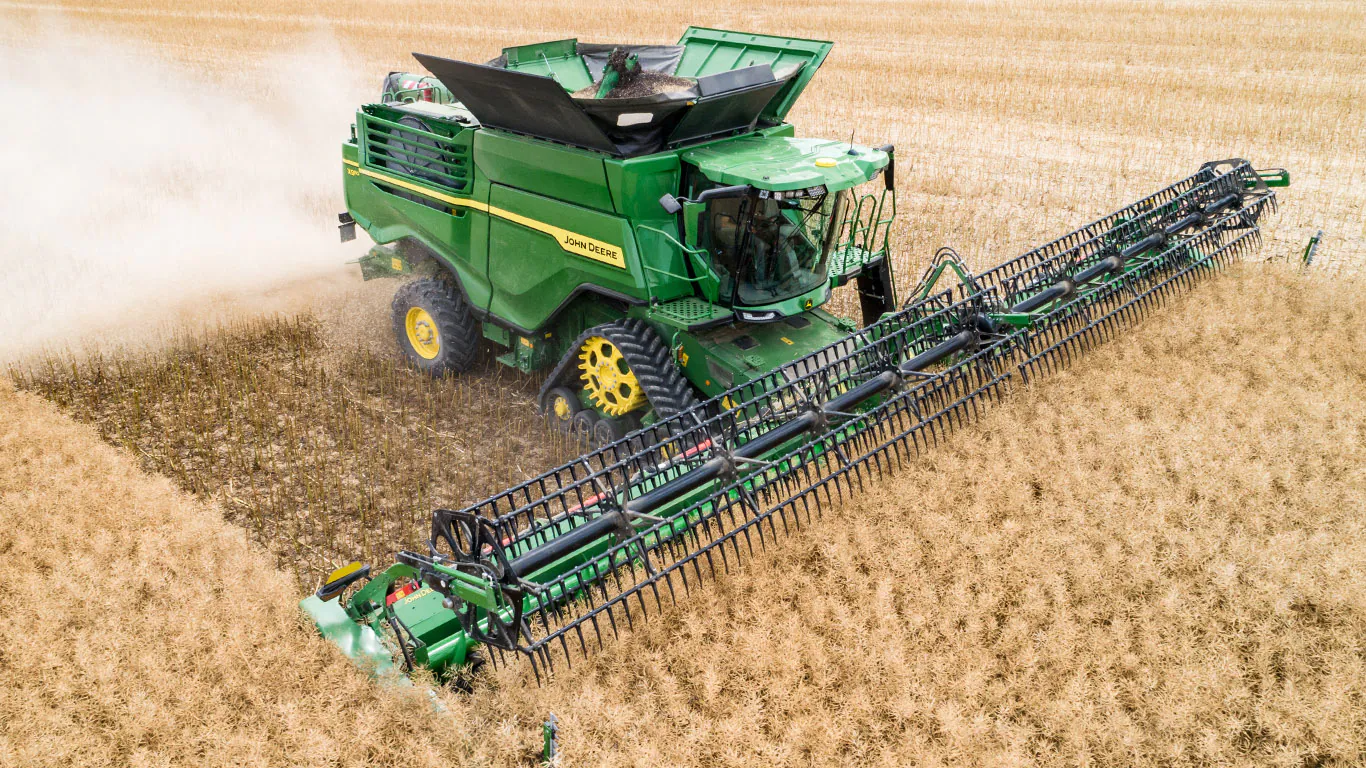

Agridisk
Egypt - Alexandria

Top 5 Agriculture Equipment to increase the yield For the smart farmers
Description: The advent of technology has revolutionized every aspect of human life, and the agriculture industry is no exception. Rapid advancements in the field of information technology and IoT are compelling farmers to leverage the benefits that come with smart farming equipment, giving dawn to a new era in agriculture. This paradigm shift isn't only about automating mundane tasks, but also enhancing productivity, reducing wastage, and promoting sustainable farming practices. Whether it's precision farming devices or advanced IoT solutions, smart farming equipment is shaping the future of agriculture by making farming more efficient, precise, and profitable than ever before. This treatise unravels the complex relationship between technology and agriculture by exploring the various facets of smart farming equipment. Smart farming equipment refers to advanced machinery and automated tools equipped with technology and focused on the increased productivity and lesser human effort. They are used to perform detailed farming operations with precision and less waste. Additionally, these tools are often equipped with sensors and wireless connectivity that allow farmers to monitor their fields and crops in real time. They leverage data-driven technology and digital innovation to optimize crop yields and farm profits in an ecologically sound way. There are several types of smart farming equipments, differentiated by the tasks they perform and the technology they use. Precision farming equipment, like GPS-guided tractors or drones, would be a quintessential example. These tools utilize GPS maps and autonomous tech for precise tilling, sowing, and harvesting. Automated irrigation systems equip sensors to monitor soil moisture, automating water supply when needed, minimizing water waste. The functioning of smart farming equipment revolves around automation, data analysis, and connectivity. Most of these machines incorporate sensors to collect data regarding soil conditions, weather patterns, crop health, pest infestation, and more. These data are then processed and analyzed to guide quick decision making and precise execution of farming tasks. Connection to a network or a centralized system, either through wired or wireless networks, enables real-time monitoring and remote control of these devices. The main advantage of smart farming equipment over traditional equipment lies in efficiency and productivity. Precision farming decreases over-application of fertilizers and pesticides, making it cost-effective, and reduces environmental impacts. Automated equipment cuts labor costs as it requires minimal human intervention. As a result, farms can run more efficiently. Moreover, real-time monitoring and quick data analysis help in proactive decision-making, reducing possible losses from adverse conditions. With IoT solutions, farmers can achieve integrated farm management, resulting in better yield and higher profits. Modern technology brings about great innovations and smart farming equipment is one prime example. This equipment, which employs automation and data-driven operations, has the potential to fundamentally transform farming practices. It can facilitate the transition towards more efficient, productive, and environmentally friendly farming techniques. Features like immediate problem recognition and response, whether it’s a sudden weather shift or an outbreak of pests, make smart farming equipment stand out from conventional farming tools. Drones comprise a ground-breaking element within smart farming's domain. From a bird’s-eye perspective, these unmanned aerial vehicles help farmers by providing instant visuals of their farms. Equipped with advanced sensors and digital imaging capabilities, drones can map out areas needing adjustments in water, pesticide, or fertilizer application. They also assist farmers in tasks ranging from assessing crop health to managing irrigation and monitoring livestock. Country farming has never seen such an ally in modern technology as drone usage is clearly steering agriculture towards a new era. One of the biggest technological advancements in farming is autonomous tractors. These self-driving machines increase efficiency and productivity by eliminating human errors. Equipped with advanced systems such as GPS, machine learning, and computer vision, autonomous tractors can perform farming tasks like plowing, planting, and harvesting around the clock without any human intervention. Companies such as John Deere and AGCO are at the forefront of this technology, offering integrated automation and advanced agronomic tools. Precision irrigation systems are another example of smart farming equipment. These systems use data from sensors embedded in the field to determine precisely when and where to water crops. Precision irrigation helps to conserve water and reduce waste, while also ensuring that crops receive exactly the water they need for optimal growth. It offers a more sustainable approach to farming, highly crucial in areas heavily affected by droughts or water scarcity. AI and Machine Learning (ML) are integral parts of many smart farming equipment. These technologies can analyze vast amounts of data from various sources to make accurate predictions and decisions. For example, Blue River Technology's "See & Spray" machine uses AI to recognize every single plant in the field and can spray the right amount of herbicides only on weeds, eliminating waste and reducing cost. Tech advancements have also been extended to livestock farming. Cattle tracking and monitoring systems use RFID tags, GPS, and IoT devices to monitor the health and location of individual animals. These systems can alert farmers to signs of disease or stress in animals before it becomes serious, reducing losses. Additionally, smart feeding and milking systems automate the process, saving time, effort, and ensuring consistency. Vertical farming, though not a piece of equipment, is a technological approach to agriculture that involves growing crops in vertical layers in a controlled, indoor environment. It incorporates various technologies like LED lighting, climate control, and hydroponics to optimize plant growth. This type of farming is efficient, reduces the need for pesticides, and can operate year-round, regardless of weather conditions. Farm management software is another important tool in smart farming. These software systems help farmers manage and monitor their operations more efficiently. They can track field conditions, crop growth, livestock health, and even financial aspects of the farm. This allows farmers to make data-driven decisions and increases the overall productivity and profitability of the farming operation. The exciting advancements in the agricultural industry are charting a path towards a future that prioritizes sustainability, efficiency, and productivity. The groundbreaking technology unveiled in the form of intelligent farming equipment is transforming how farming tasks are executed and are amplifying the potential of the agriculture industry. Smart farming tools hold critical importance in enhancing resource efficiency and fine-tuning agricultural tasks. Such cutting-edge tools are making farming more accurate and thus, minimizing the waste of resources. For example, farmers are now leveraging GPS technology to observe their crops and utilize resources like water, fertilizers, and pesticides more effectively, thereby curtailing unnecessary usage. Moreover, mechanized equipment, like autonomous tractors, are becoming a common sight in expansive farm operations. These machines hasten tasks like plowing, planting, and harvesting, resulting in significant reductions in operating costs and the need for human labor. Furthermore, these tractors can work 24/7, contributing to increased productivity. Another component of smart farming equipment is their ability to enhance overall crop yields. Increased use of remote sensors and drones in farming operations provide farmers with real-time data about soil conditions, crop health, and environmental factors. These technologies, integrated with advanced analytical systems, not only catch issues early before they spread but also guide farmers to accurately adjust farming practices. This enables the growth of more robust crops and results in improved yields. Use of robotics in tasks such as weeding and picking also aids in preserving the quality of crops while reducing crop loss due to human error. Moreover, vertical and indoor farming techniques, enabled by LED lighting systems and hydroponics, are challenging traditional ways of farming by producing larger yields in smaller spaces. Sustainable agriculture is another significant benefit of implementing smart farming equipment. Precision agriculture technologies decrease excessive use of water, fertilizers, and pesticides, which in turn reduces soil degradation, water contamination, and harmful emissions. Furthermore, these technologies provide comprehensive analytics on the best time to plant and harvest, thus assuring not only higher yield but also reducing the carbon footprint associated with farming. The use of solar-powered farming equipment further reduces reliance on fossil fuels, promoting cleaner farming practices. Simultaneously, smart irrigation systems have the capability to adjust the water supply based on weather forecasts and soil moisture levels, again ensuring water sustainability. Regarded as one of the solutions for ever-increasing global food demand, smart farming holds the promise to augment our efforts in securing a sustainable food future. In consideration of our growing world population and the unpredictable changes brought about by climate change, smart farming technologies have emerged as a beacon of hope. Despite its potential benefits, the use of smart farming equipment isn't without challenges, with technological limitations being a primary concern. The progression of technology used in farming, though significant, has not yet attained the level needed to make a smooth transition to smart farming. As an illustration, the currently utilized technology often lacks the capability to fully support interactive features inherent to smart farming such as real-time monitoring, instant data analysis, and on-the-spot system updates. More often than not, traditional farming equipment falls short in terms of connectivity with digital networks that are critical for smart farming, thus hindering the process of automation. The high costs associated with smart farming equipment are another hurdle stunting widespread adoption. This technology-driven farming method applies advanced solutions that are costly in nature. The components required for automating the farm processes – such as sensors, robots, drones, and software applications – come with hefty price tags. Additionally, the maintenance and enhancement costs of these systems add to the overall expenses. For many small-scale farmers, it's not economically feasible to make such substantial investments, thus creating a barrier for the full-scale implementation of smart farming technology. Another barrier that discourages the adoption of smart farming equipment is the lack of sufficient knowledge and awareness about it. Many farmers are unfamiliar with the significance and utility of smart farming tools, and so they continue to rely on traditional farming methods. Farmers require training to understand the operation and benefits of using modern farming technologies. Therefore, widespread awareness and training programs about the importance and working of these advanced systems are needed to overcome this hurdle. Despite these challenges, the future of smart farming equipment seems promising. There's robust potential for remarkable developments, thanks to advancing technologies such as artificial intelligence (AI) and the Internet of Things (IoT). Farmers everywhere are increasingly recognizing the advantages of smart farming, which include reduced waste, increased productivity, and enhanced sustainability. One future trend that is gaining momentum is the use of AI-powered predictive models for better crop yield predictions. This technology can provide vital insights related to weather patterns, soil health, and plant needs. Simultaneously, developments in IoT are likely to transform the farming landscape by enabling more precise and efficient farm equipment and machinery. Another anticipated trend is the rise of autonomous tractors. These machines leverage cutting-edge technologies such as GPS, radar, and computer vision to perform various farming operations without the need for a human operator. On a similar note, we could also expect to see more of drones in the future, which can play a crucial role in providing real-time field images, spraying fertilizers or pesticides, and even assist in high-precision planting. The adoption and implementation of smart farming equipment are undoubtedly fraught with challenges such as high costs, technological limitations, and lack of awareness. However, the ever-evolving technological advancements and the imminent promise of a more sustainable and productive farming hold a bright future for smart farming. Proper government policies promoting these technologies, as well as enhanced farmer education and training programs can pave the way for widespread adoption of smart farming equipment. As we venture into a future increasingly defined by technology, it is evident that smart farming equipment will play a pivotal role in reshaping the contours of the agriculture industry. Despite the challenges currently faced, the utilities and advantages of such technology far outweigh the limitations, promising a brighter, more efficient, and sustainable farming future. The palette of possibilities is broad and multifaceted, ranging from increasing farm productivity and reducing the ecological footprint to combating the rising food security concerns. Embracing this change is not only crucial for farmers and agri-businesses but also for the society at large, given the growing population and the continual pressure on food resources. As we continue to innovate and fine-tune these technologies, the agriculture landscape is set to transform, ushering in a new age of smart farming. The advanced capabilities of smart farming to enhance resource efficiency, minimize crop losses, amplify yields, and enable farming in regions once thought to be non-viable, hold the key to increased agricultural productivity. With predictions indicating a surge in worldwide food demand by at least 60% come 2050, the role of these ingenious technologies in sustainably meeting this demand cannot be overstated. With the technological development, most smart farmers seek to own the best agricultural machines that facilitate their work and achieve the best production, to increase production and increase income, because the use of traditional methods makes them get less results from production, and also from income, so today we are presenting the top 5 Indispensable farming tools for savvy farmers. Here are the best agricultural machines that no smart farmer produces, seeking to develop his production, And soon, you will be able to purchase through our website all the machines offered through our store on the website. Agricultural sprayers (#Stroke_Sprayer_Pump) are important agricultural tools that lead to increased income for farmers. They are available with dual and quadruple spray pumps. They are available in the market with some auxiliary features for the farmer. They are used to spray pesticides to preserve the crop, and can also be used to clean the environment. Portable sprayer, it is like the previous sprayer, but it works with a motor in agricultural sprayers, and it is very useful in disinfection and cleaning operations, it is placed on an electric motor in a low place, it has many beautiful features, as it contains a portable motor-powered sprayer and another sprayer that works with disinfectant. Trailer sprayer, tractor-mounted sprinklers, are installed on trailers and agricultural tractors, and there are many types of sprinklers available on the market, which are very useful and important for large farmland. Combine Harvester,One of the best tools invented in the process of harvesting agricultural crops, and it is used to harvest all agricultural crops, and it is very beautiful for farmers, due to its speed in the harvesting process, and it is used for large agricultural lands.Understanding Smart Farming Equipments
Understanding Smart Farming Equipment
Types of Smart Farming Equipment
Functioning of Smart Farming Equipment
Advantage Over Traditional Farming Equipment
Smart Farming Revolution
Innovative Examples of Smart Farming Equipments
Role of Drones in Smart Farming
Autonomous Tractors
Precision Irrigation Systems
Artificial Intelligence (AI) and Machine Learning
Livestock Monitoring and Management Systems
Vertical Farming Technology
Farm Management Software
The Advent of Smart Farming
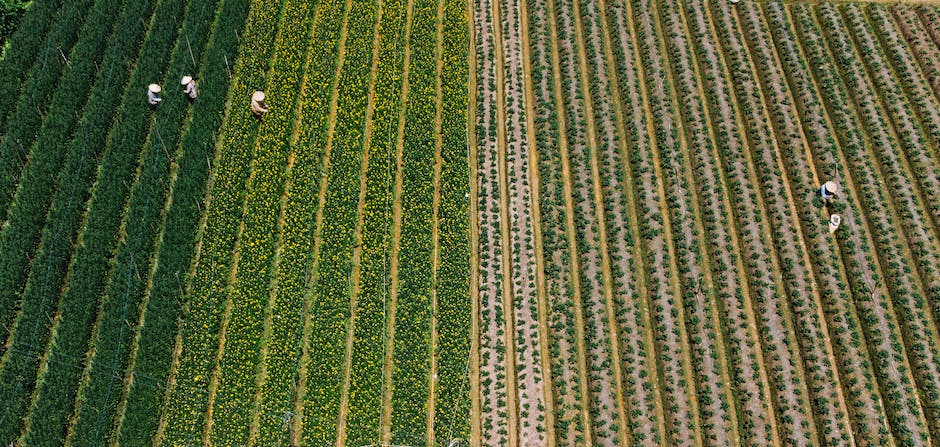
The Role of Smart Farming Equipments in Sustainable Agriculture
Optimizing Resources with Smart Farming Tools
Enhancing Crop Yields with Advanced Technologies
Reducing Environmental Impact with Smart Farming
Smart Farming: A Key Player in Ensuring Food Security
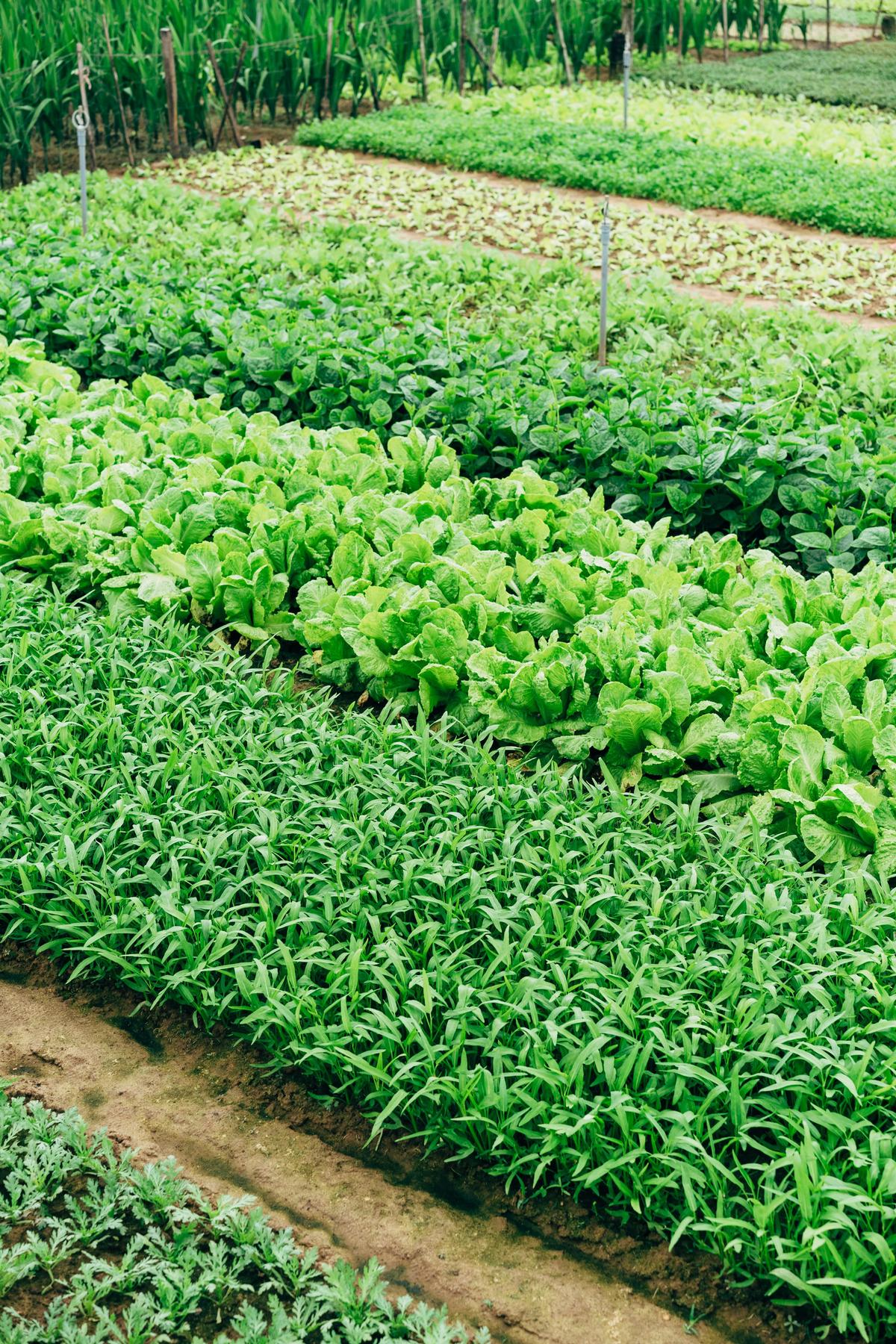
Challenges and Future Prospects of Smart Farming Equipments
Uncovering Technological Barriers in the Adoption of Smart Farming Equipment
High Costs Impeding the Adoption of Smart Farming Equipment
Lack of Awareness about Smart Farming Equipment
Future Trends in Smart Farming Equipment
Conclusion
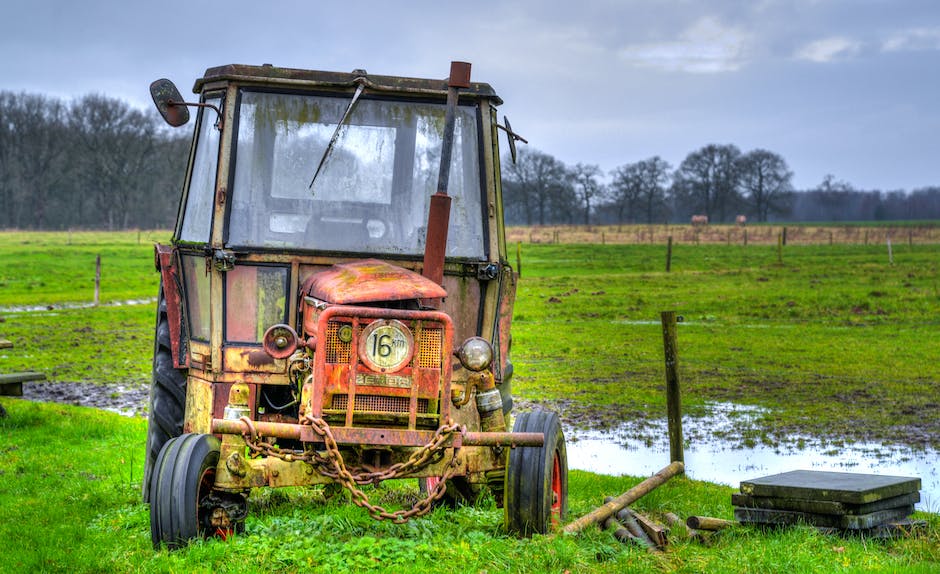
Top 5 Agriculture Equipment to increase the yield For the smart Farmers
1- Stroke Sprayer Pump (Agricultural Sprayer)
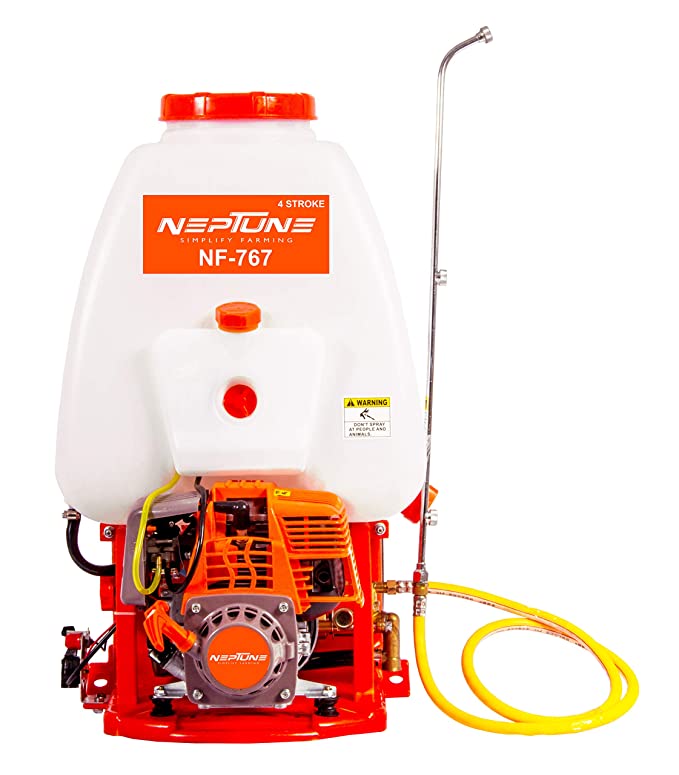
2. Engine Driven Portable (Agricultural Sprayer)

3. Trolley Pump
 The trolley pump is one of the very important tools for farmers who have a large agricultural land, as it enables farmers to spray disinfectants in a very short time, and also saves labor and time, and increases the yield and profits for farmers.
The trolley pump is one of the very important tools for farmers who have a large agricultural land, as it enables farmers to spray disinfectants in a very short time, and also saves labor and time, and increases the yield and profits for farmers.4. Trailer sprayer
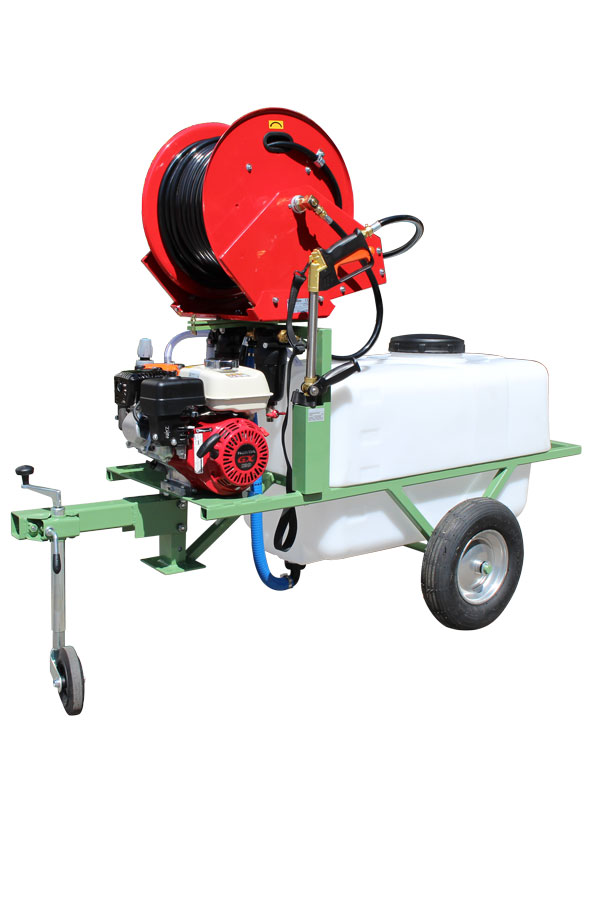
5.Combine Harvester
